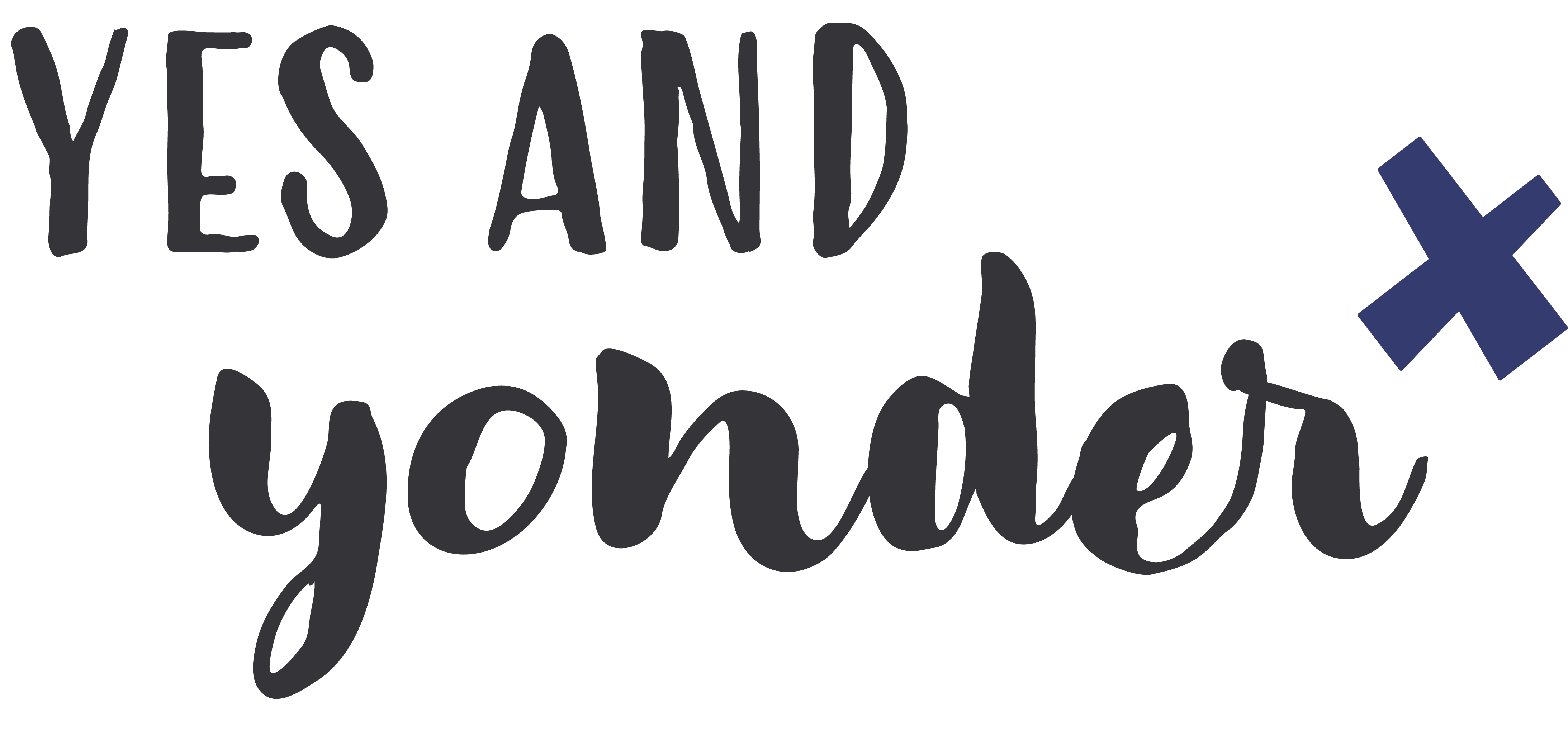At the start of any new branding or design project, there’s a lovely honeymoon phase where nothing is decided and the sky is the limit. I’m a dreamer, and I like being in that wide open discovery phase. I’ve done this enough to know eventually, things start to click and take shape, which makes it easier to enjoy that fuzzy journey.
For those who don’t, the unknown space of a totally blank page can feel a little more daunting. But rest assured, this part of the process can be a lot of fun too.
Some of my favorite ways to find brand inspiration:
Field trips. You can visit similar businesses for inspiration, or go places that might be unexpected, for example, a playground, if you’re a pediatric hospital. Any place that matches the vibe of your organization may yield surprising ideas, even if it’s a totally different type of business. Pay attention to signs, textures, patterns, and colors, looking for elements that might work with your brand. Take photos, pick up artifacts, and sketch what you see.
Magazine brainstorms. Grab a stack of magazines and flip through to find imagery that would represent the unique personality and purpose of your organization. Collect a variety of samples, featuring type, illustration, layout, and photography styles. I like to be pretty liberal here. Rip those pages out with wild abandon! You can always edit it down later. It’s pretty interesting to see themes emerging from your selections.
Mood boards. All of that imagery collected in your field trips and brainstorms can be put to good use in a mood board. Now is your chance to mix and match, and try any different moods before you have to commit. It’s always fun to see the different expressions take shape. I recommend going for a simple collage to start. Later, as the vision for the brand becomes more clear, I often move into developing more polished, digitally created mood boards.
From YAY’s work with Boardable on their mood boards:
I love these techniques for so many reasons. They are relatively low-cost. It is easy to inspire, visualise, and compare potential directions. And most of all, I love that there’s no need to be a design super star to participate. Hooray for inclusive creative processes!

